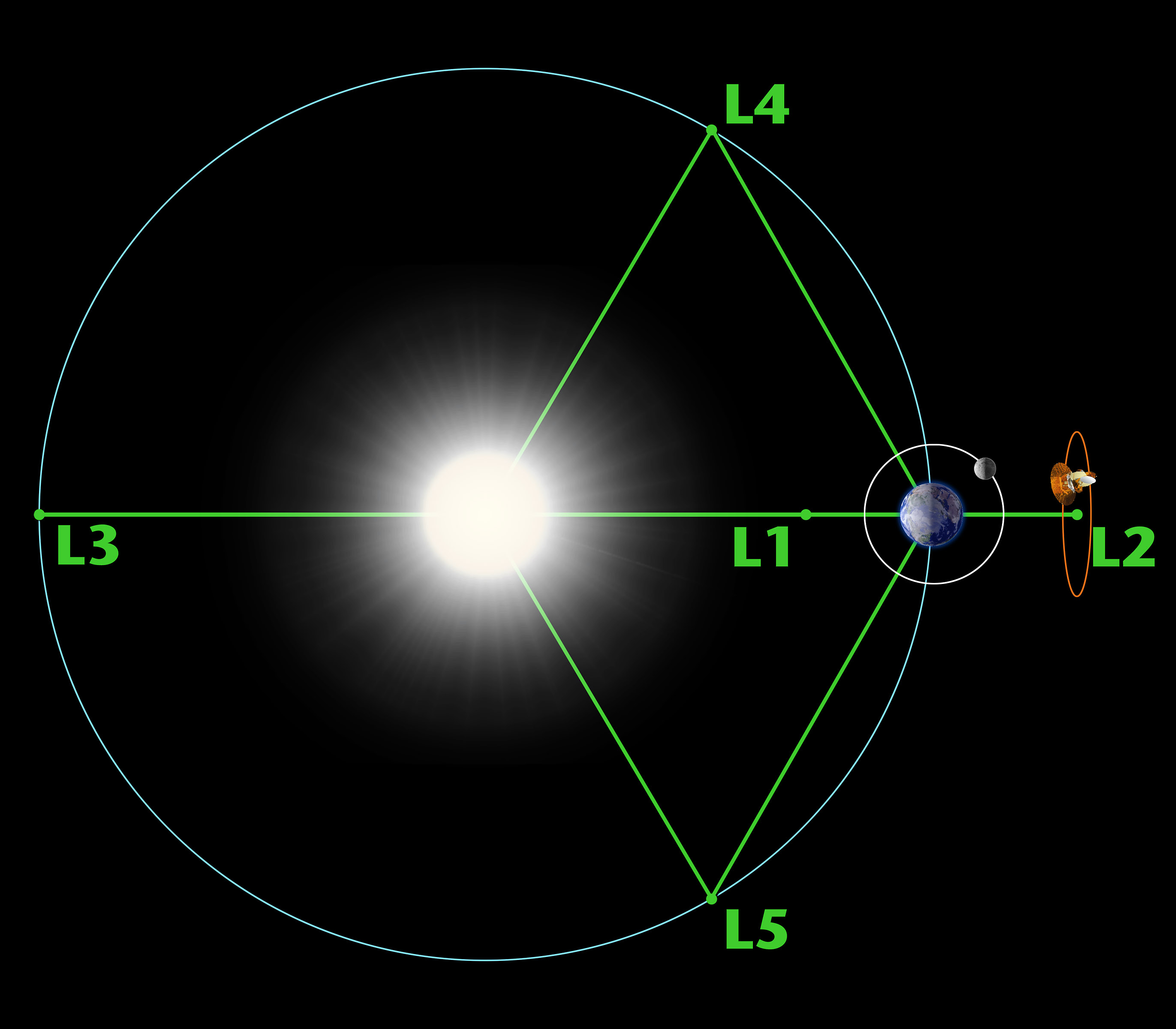Aditya L1 Mission Important information Should you Know right now!!!
Aditya L1 mission
Launch Date September 05, 2023
Rocket PSLV-C57
Time 11:50AM
Objective
The mission aims to provide valuable insights into the solar
corona, photosphere, chromosphere, and solar wind. The
primary objective of Aditya-L1 is to gain a deeper understanding of the Sun's
behaviour, including its radiation, heat, particle flow, and magnetic
fields, and how they impact Earth.
Lagrange Points: -
Lagrange Points are special positions in space where
the gravitational forces of two large orbiting bodies, such as
the Sun and the Earth, balance each other out.
This means that a small object, such as a spacecraft,
can stay at these points without using much fuel to maintain its orbit.
There are five Lagrange Points, each with
distinct characteristics. These points enable a small mass to orbit in a stable
pattern amid two larger masses.
Lagrange Points in the Sun-Earth System:
L1: L1 is considered the most significant of the
Lagrange points for solar observations. A satellite placed in the halo
orbit around the L1 has the major advantage of continuously viewing the Sun without
any occultation/ eclipses.
L2: Positioned directly 'behind' Earth
as viewed from the Sun, L2 is excellent for observing the
larger Universe without Earth's shadow interference.
L3: Positioned behind the Sun, opposite Earth,
and just beyond Earth's orbit, it offers potential observations of the
far side of the Sun.
L4 and L5: Objects at L4 and L5 maintain stable
positions, forming an equilateral triangle with the two larger bodies.
Note: L1, L2, and L3 points are
unstable, meaning that a small perturbation can cause an object to drift away
from them. Therefore, satellites orbiting these points need regular course
corrections to maintain their positions
Thursday,
07 September 2023

.jpeg)
टिप्पणियाँ
एक टिप्पणी भेजें